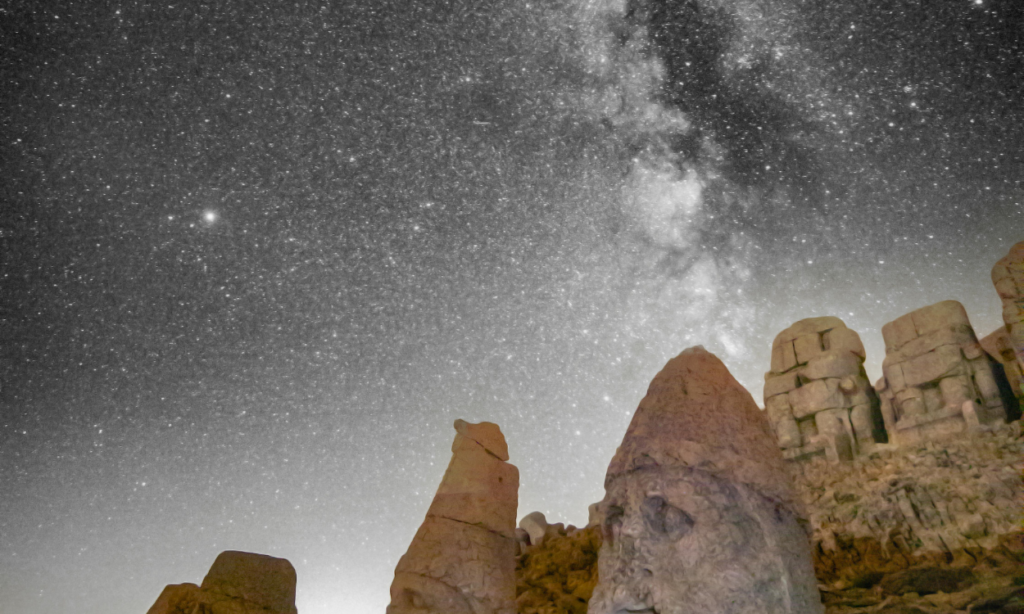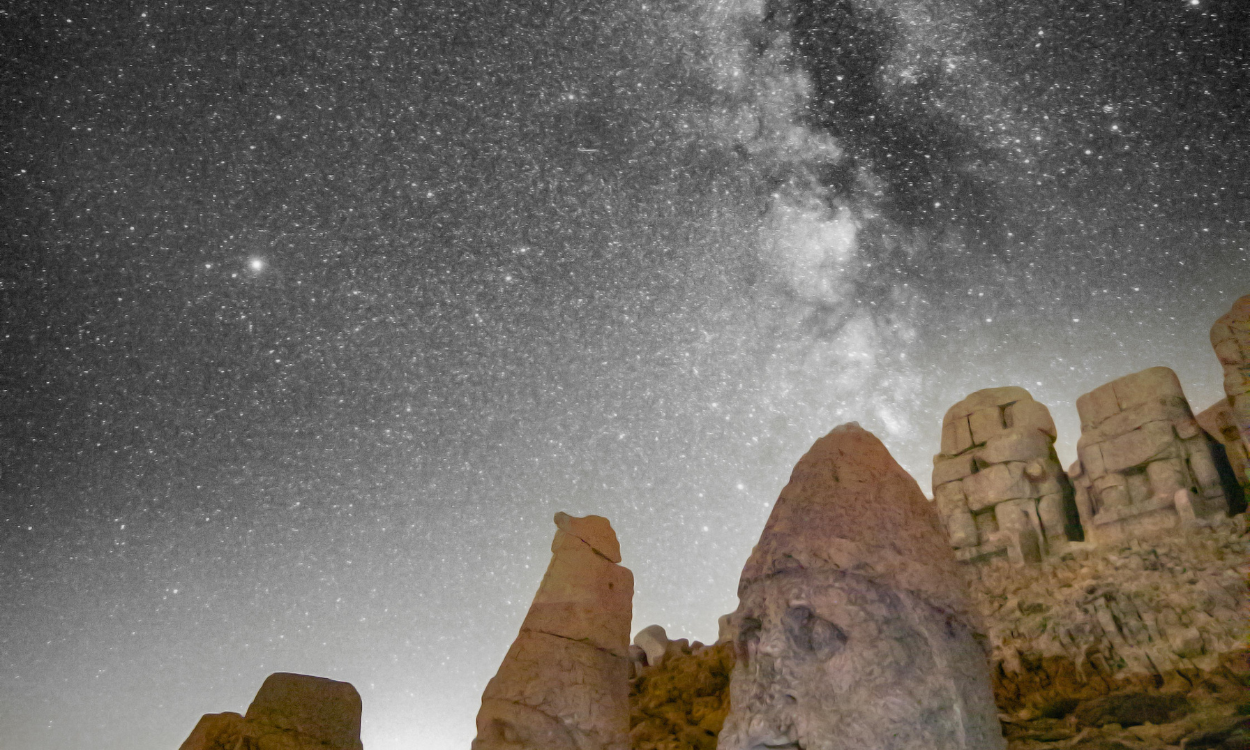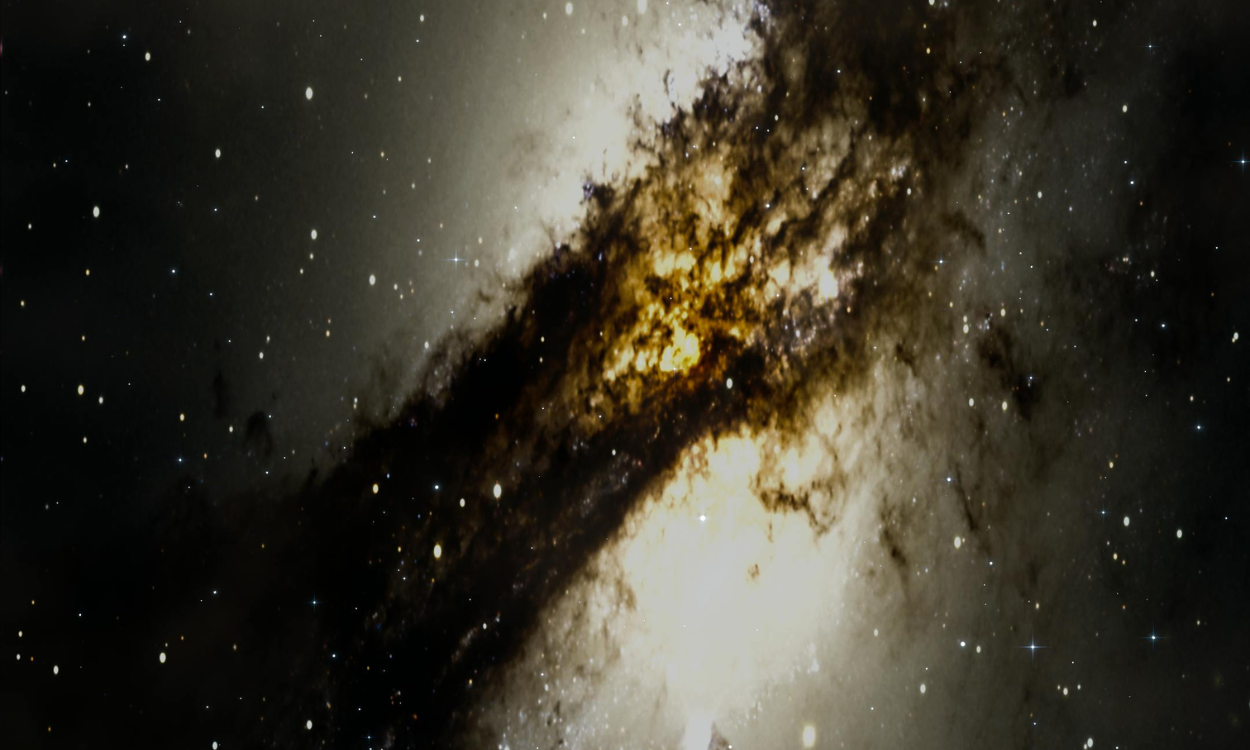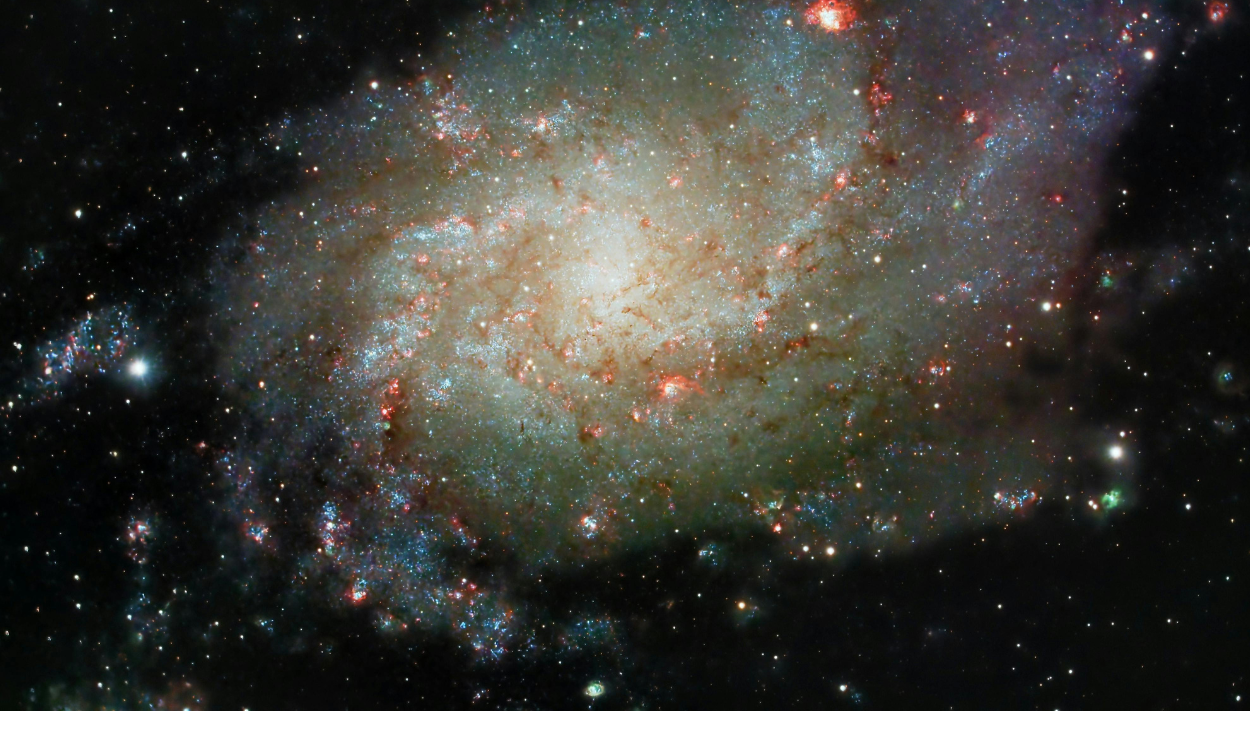Starry Milestones: Mapping the Milky Way’s History
The Milky Way, our galactic home, has long captured the imagination of humanity. Stretching across the night sky, this celestial wonder holds the secrets of countless stars, planets, and mysteries yet to be unveiled. “Starry Milestones: Mapping the Milky Way’s History” invites us to embark on an interstellar journey, tracing the evolutionary tale of our galaxy and unraveling its hidden stories.
Table of Contents

The Origins of the Milky Way
The formation of the Milky Way is a tale that dates back approximately 13.6 billion years, shortly after the Big Bang. Initially, the galaxy was a cluster of gas and dark matter. Over time, gravitational forces molded this primordial mass into the familiar spiral shape we observe today. Understanding these “starry milestones” in the early history of the Milky Way helps scientists piece together how galaxies evolve and what processes shape their structure.
The first stars of the Milky Way—population III stars—played a pivotal role in enriching the interstellar medium with heavy elements, a process that enabled the formation of later generations of stars. By studying these ancient stars, researchers have gained insight into the galaxy’s infancy, marking one of the most significant “starry milestones” in galactic history.
The Structure of the Milky Way
The Milky Way is a barred spiral galaxy with four primary arms: Sagittarius, Scutum-Centaurus, Perseus, and Norma. These arms are home to billions of stars, nebulae, and star clusters, forming a stunning tapestry of cosmic activity. At the heart of the galaxy lies a supermassive black hole, Sagittarius A*, which exerts a gravitational pull strong enough to hold the galaxy together.
Mapping the Milky Way’s structure is a key component of understanding its history. Using advanced telescopes and missions like Gaia, astronomers have identified numerous “starry milestones” in the galaxy’s development, including the discovery of stellar streams—remnants of smaller galaxies that merged with the Milky Way. These mergers have shaped its structure and added to its mass, making the study of these events crucial for mapping the Milky Way’s history.
Star Formation: A Never-Ending Process
One of the most fascinating “starry milestones” in the Milky Way’s history is the continuous cycle of star formation. Stars are born in molecular clouds, regions rich in gas and dust. Over millions of years, gravitational forces cause these clouds to collapse, forming new stars. Some of the most iconic star-forming regions in the Milky Way include the Orion Nebula, the Eagle Nebula, and the Carina Nebula.
These regions are not just cradles for new stars but also laboratories for studying the conditions that lead to star formation. Understanding these processes is essential for mapping the Milky Way’s ongoing evolution. Observing young stars and their associated protoplanetary disks helps scientists explore how planets form, marking another set of significant “starry milestones.”
Galactic Mergers: Building the Milky Way
The Milky Way’s history is marked by numerous galactic mergers. Over billions of years, our galaxy has absorbed smaller satellite galaxies, contributing to its growth and diversity. The Sagittarius Dwarf Galaxy and the Canis Major Dwarf Galaxy are two examples of galaxies currently interacting with the Milky Way.
These interactions leave behind streams of stars and clusters that serve as evidence of past mergers. By tracing these streams, astronomers can reconstruct the timeline of events that shaped the Milky Way. Each merger represents a crucial “starry milestone,” adding to the intricate map of our galaxy’s history.
The Role of Dark Matter
Dark matter, an invisible and enigmatic substance, plays a central role in the Milky Way’s formation and evolution. Although it cannot be observed directly, its gravitational influence is evident in the rotation curves of galaxies and the behavior of galaxy clusters. Understanding the distribution of dark matter in the Milky Way is a major focus of current research.
Mapping the dark matter halo surrounding the Milky Way has revealed significant “starry milestones” in understanding the galaxy’s dynamics. This mysterious component not only shapes the galaxy’s structure but also influences star formation and the interactions with neighboring galaxies.
Charting the Milky Way’s Future
While much of “Starry Milestones: Mapping the Milky Way’s History” focuses on the past, looking forward is equally intriguing. In about 4.5 billion years, the Milky Way is expected to collide with the Andromeda Galaxy, an event that will reshape both galaxies. This future merger is anticipated to form a new galaxy, often referred to as “Milkomeda.”
Predicting the outcomes of such colossal interactions is a challenge, but simulations provide valuable insights. The merging process will likely trigger bursts of star formation, redistribute stars and gas, and alter the galaxy’s structure. This cosmic event will mark a new chapter in the “starry milestones” of the Milky Way’s history.
The Human Connection
The Milky Way is not just an object of scientific study but also a source of cultural inspiration. Throughout history, civilizations have looked to the galaxy for guidance, embedding it in myths, art, and literature. From the Greek myth of the goddess Hera spilling milk across the sky to the Aboriginal stories of the Milky Way as a river of life, the galaxy has left an indelible mark on humanity.
Modern efforts to map the Milky Way, such as the Gaia mission, continue to expand our understanding of the galaxy. These projects are not only about charting stars but also about connecting humanity to the cosmos. By understanding the “starry milestones” of the Milky Way’s history, we deepen our appreciation for the universe and our place within it.
Conclusion
“Starry Milestones: Mapping the Milky Way’s History” offers a glimpse into the intricate and awe-inspiring story of our galaxy. From its formation and structure to ongoing star formation and future interactions, each milestone adds to our understanding of the cosmos. As technology advances, so does our ability to map the Milky Way’s history, revealing new layers of its complex narrative.
The journey to uncover the secrets of the Milky Way is far from over. With every new discovery, we take another step toward comprehending the vastness and beauty of the universe. Through the lens of science and imagination, the “starry milestones” of the Milky Way’s history continue to illuminate our path, reminding us of the infinite possibilities that lie beyond our world.





